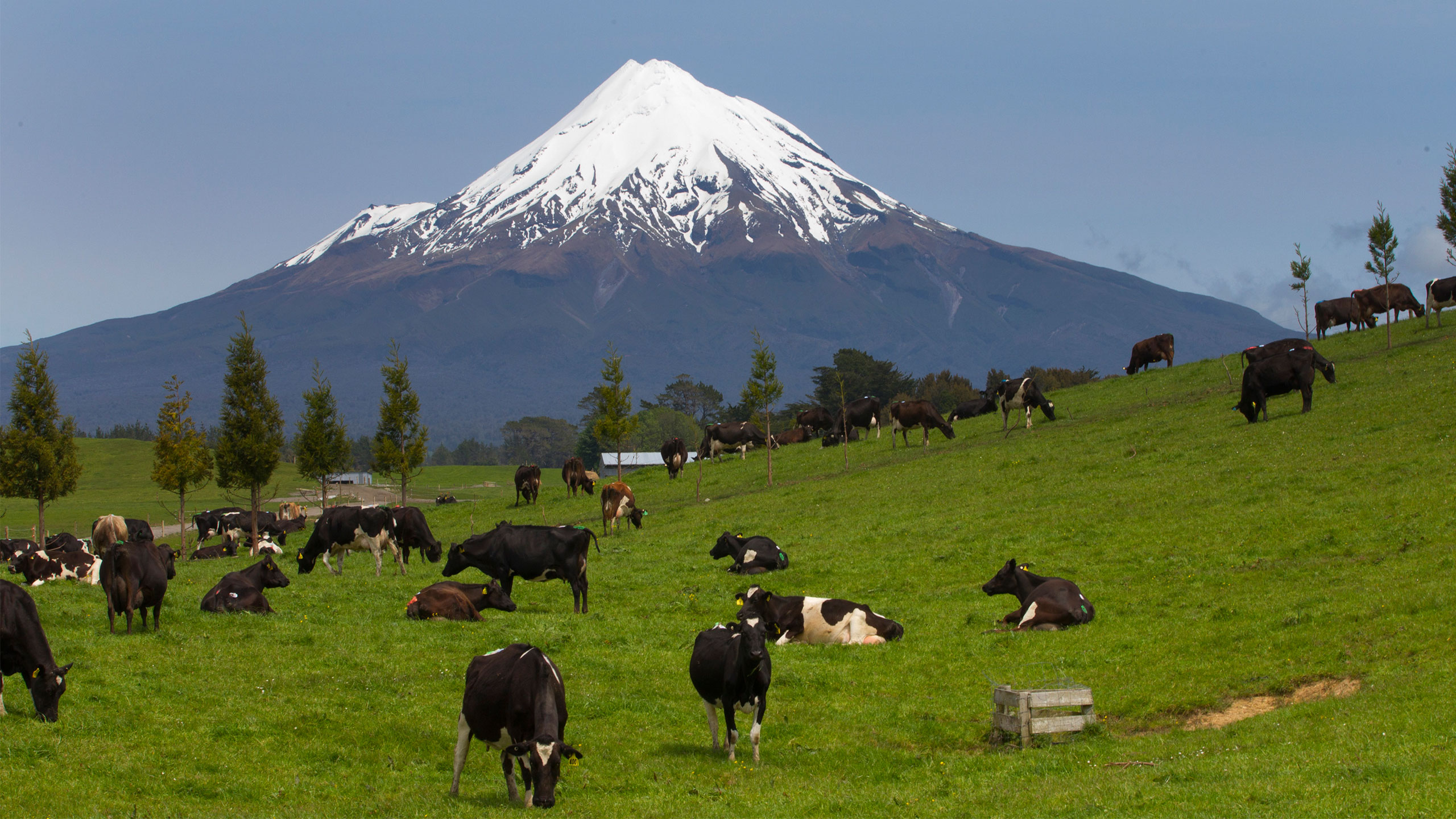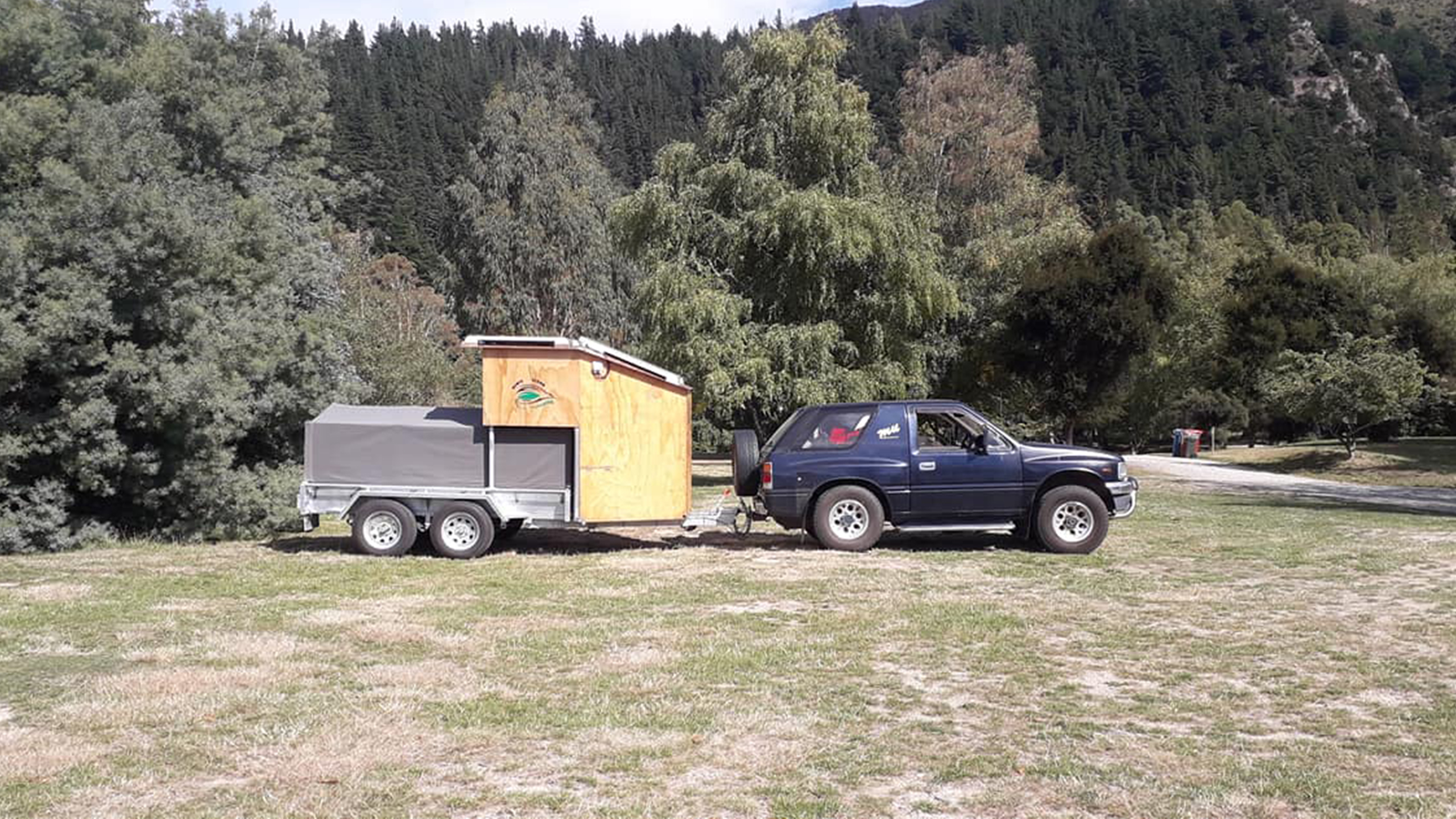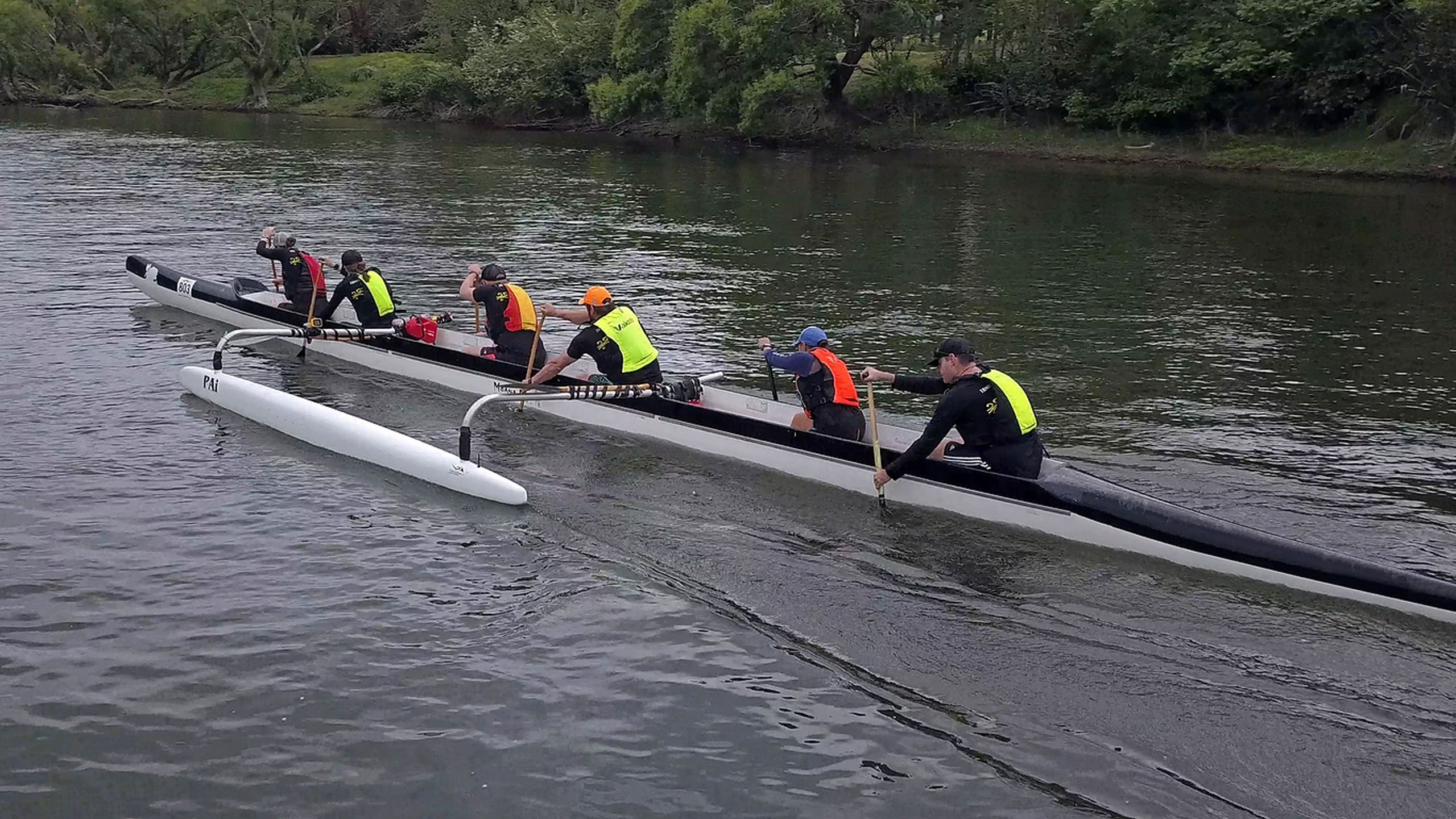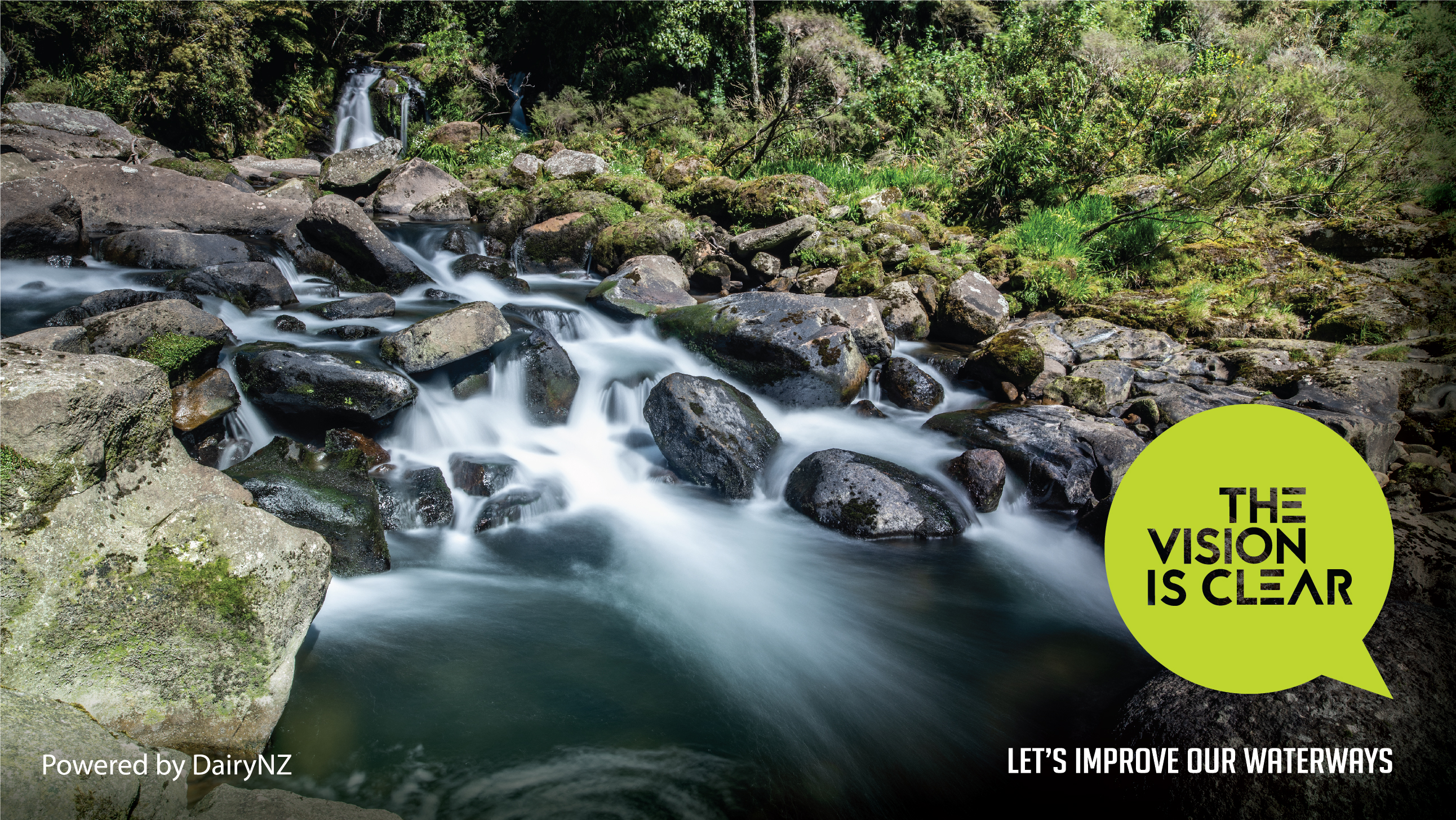Seeing the future before it happens
'Hyper Farm' visualisation technology could help farmers improve water quality.

Powered by DairyNZ
Powered by DairyNZ
A computerised ‘simulator’ which can help improve water quality – distantly related to America’s Cup and other sports technology – may be as much a part of running a farm in the near future as tractors and milking machines are today.
A partnership between AgResearch and Kiwi company Animation Research is working on developing technology - dubbed “Hyper Farm” - to help farmers visualise the environmental and economic impact of land-use changes before they actually carry them out.
Founder and owner of Animation Research, Ian Taylor, says while farmers understand their farms the best, “we are giving them another tool to help them even more.”
The technology will enable individual farmers to see into the future at the click of a mouse and to more effectively determine how to farm within the boundaries of their own properties.
At a time when the farming community is looking at ways to help improve the effects of challenges like nitrate and sediment run-off into the country’s waterways, Taylor says it is our “responsibility to [help people] get over the idea that farmers are the bad guys.

Ian Taylor. Photo / Dean Purcell.
Ian Taylor. Photo / Dean Purcell.
“While there will always be naysayers, by and large farmers are taking this issue seriously,” he says. “It is important to be working with them, not yelling at them and the greatest message we can send to the world is that we are cleaning our rivers.”
Taylor says Hyper Farm creates a platform for farmers to change land use on screen, enabling them to see likely outcomes before any physical changes are made: “It’s really just a simulator, a platform that will respond to the data put into it and is something individual farmers will be able to go online and use.”
He says it is especially important at a time of climate change. The technology will, for example, help farmers determine what crops grow best in the face of climate change and “what the consequences will be if we do that, or do this – what would happen if certain riparian grasses are planted along river and stream banks.”
Taylor says the concept will also be useful for other groups in the community such as iwi who may want answers about what to do with their land as climate change continues to bite.
Hyper Farm was unveiled recently during Fieldays at Mystery Creek and Taylor says he is excited and encouraged by the response: “Many people there said we really need to move more quickly with it, but I think it is best the steps we take don’t get too big, that we take it one step at a time.”
Although a further year of development is required before the concept can be commercialised, Taylor says that will happen only “once it is proved it can work.”
Hyper Farm has been designed by AgResearch using Animation Research visualisation technology developed from innovation Taylor’s company has applied to sports broadcasting. That includes their work in helping viewers understand and visualise America’s Cup racing and techniques like shot trackers, used in coverage of some of the world’s major golf tournaments.
The idea is to allow landholders to see what their properties would look like under different land uses and how a land use change would affect science metrics such as water quality, carbon sequestration and biodiversity - plus how their finances would look as a result.
The project is part of a $10 million MBIE-funded programme to research New Zealand’s bio-economy in the digital age to enable transformational change to the agriculture sector and supply chains.
In a recent NZ Herald report, AgResearch scientist Dr Seth Laurenson said Animation Research was brought in after “we thought, who does pictures really well?
“We thought pictures are really important in this story,” he said in the report. “If we could visualise what was happening on a farm and we got the ability to change land use or activities on that farm we’d have a far better understanding than if we were looking at tables.”
Laurenson said a simple example where the computer programme could help a farmer was in reducing nitrogen loss on parts of the property.
Physically changing the land use to try to alleviate the problem could be highly costly and may throw up another problem such as a sediment issue. Changing the land use on screen would identify likely outcomes; the on-screen changes would react with AgResearch science metrics to calculate the effect
“They can see a future before the soil has been turned.”







